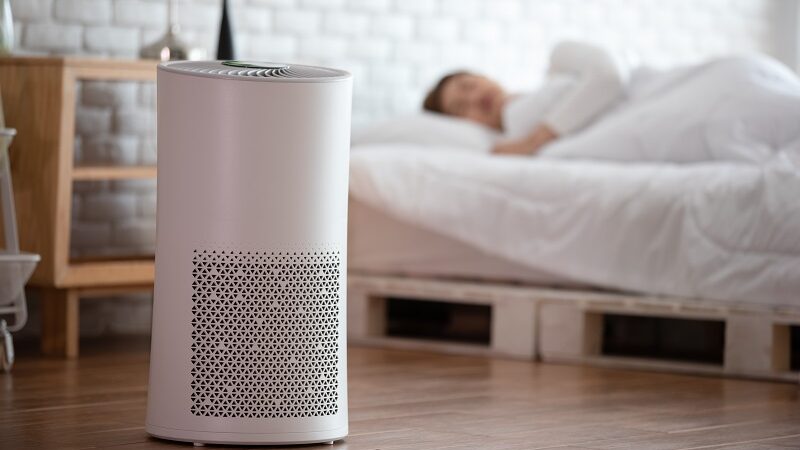Facts You Should Know About Injectables

Injectables are treatments dermatologists administer through a syringe and a needle to reduce aging effects, making you appear younger. There are many types of injectables depending on your concern and the area being treated. You can opt for injectables to avoid the risks and recovery period incurred in plastic surgery. Injectables Alpharetta involves minimal risks and has a shorter recovery period. Ensure your treatment is performed by a qualified professional to minimize risks. Most injectables give temporary outcomes and require regular treatment sessions to maintain the effects. Here are various facts that can help you understand more about injectables.
There are many types of injectables
There are three main forms of injectables; neuromodulators, dermal fillers, and Kybella. Neuromodulators weaken and paralyze facial muscles. People mostly use them to reduce wrinkles and fine lines. Botox is the most common neuromodulator. Dermal fillers are injected under your skin to provide volume and support in multiple face areas. They are made of various ingredients, but the commonly used fillers contain hyaluronic acid. Kybella is a deoxycholic acid that dissolves small fat quantities and is approved for use beneath the chin.
Injectables treat many disorders
Most people assume injectables only treat wrinkles and fine lines, but they address many issues. Dermal fillers soften frown lines, plump thin lips, and lift sunken cheekbones. Dermatologists can also use them to soften hollows under your eyes, temples, and jawline. Kybella melts the excess fat under your chin. Neuromodulators primarily treat facial wrinkles, fine lines, and crow’s feet.
They involve minimal discomfort
Injectables involve minimal pain. Most people define neuromodulators as similar to a needle’s pinch when your doctor draws blood. Before dermal filler treatment, your dermatologist numbs your skin to avoid pain. Research says dermal fillers around the nasolabial folds and lips may cause more discomfort than other facial regions. Kybella injections sting intensely, but your provider can ease pain through lidocaine injections and ice packs.
They involve minimal recovery time
Injectables are minimally invasive, so you get fast outcomes with little downtime. After Botox treatment, pink dots may appear on your skin, but they often fade within ten to fifteen minutes. Minor bruising is common, but it vanishes within five to seven days. Derma fillers may cause swelling and bruising, but the effects disappear within a few days. Kybella takes a longer recovery period, lasting between three to twenty-one days of swelling. The treated area may have mild discomfort and appear jelly-like.
Most injectables are temporary
Among the three main types of injectables, Kybella is the only permanent treatment. Botox results often last between three to six months. You can get additional treatment sessions to prolong your outcomes. The effects of dermal fillers depend on the area of your face treated and the ingredient used. Most fillers last six to twelve months, but particular forms like Sculptra may last up to two years.
There are various types of injectables addressing different aging effects, including issues like wrinkles, fine lines, and thin lips and cheeks. Injectables involve minimal risks, pain, and a short recovery period. Schedule an appointment at SafiraMD Medical Aesthetics and Wellness Center for injectables to look more youthful.







